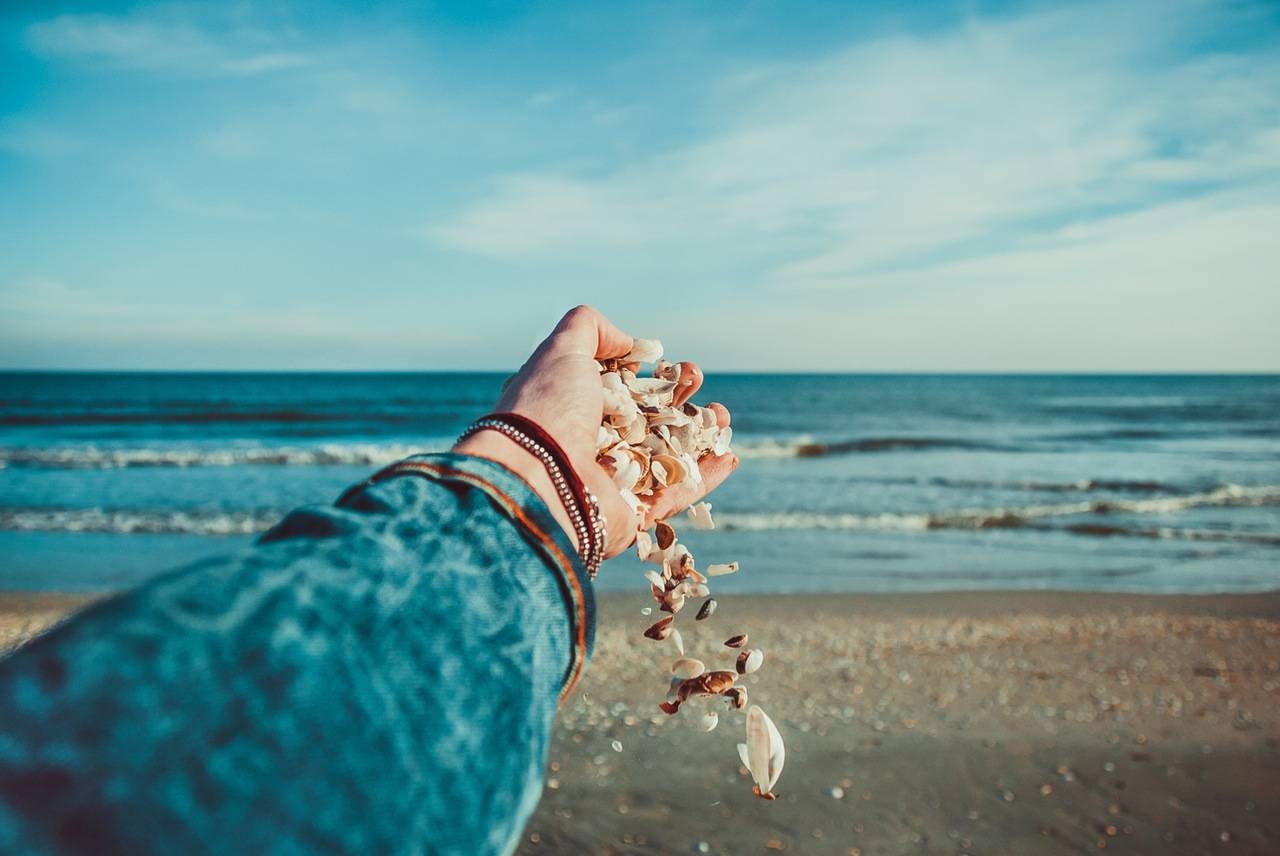Shelling and Sanibel have become almost synonymous terms. Sanibel is world famous for its shells. There are other famous shelling sites in the Caribbean and Australia but none that offer the same wide variety of shells found on Sanibel and Captiva. It is frequently ranked as the best by such travel experts as USA Today and Travel & Leisure Magazine.

Why is Sanibel the best?
It’s unusual configuration make it most likely to attract shells. Part of it has an east-west configuration not the usual north-south setting. This alignment acts as a scoop and gathers all the shells the Gulf brings up from the southern seas. If you’re new to shelling and are unfamiliar with the different shells there are laminated cards in most food or drug stores that picture and describe each shell type.
When is it best time to shell?
You can find shells at any time but you will likely see more shells when the tide is low or ebbing and the shells are more exposed.
What beach has the best shelling?
Some say it’s at the west end of the island – Bowman’s Beach or Blind Pass – where the scoop feature is most prominent. Others say the shelling at Lighthouse Beach on the east end is really good. With so many miles of Gulf beach, and an inexhaustible supply of shells, you are virtually assured of success no matter what beach you visit. If you go to the beach by car there might be a parking fee of $2 per hour. If you walk or go by bike you can avoid the fee.
Are there shelling restrictions?
There are both formal and informal restrictions. The formal restrictions ban the taking of any live shells from the beach – shells that have a mollusk inside. Also, there is no shelling allowed inside the “Ding” Darling National Wildlife Refuge. These restrictions are consistent with Sanibel being a sanctuary island. Informally those who shell are asked to be thoughtful and take only those shells that they plan to add to or start their collection and not haul away a pail full of shells.
What to bring when shelling.
You can wear whatever you would normally wear at the beach – a bathing suit or shorts and a tee. Be sure you have a hat to protect yourself from the sun’s rays and bring some sunscreen. Wear something to protect your feet while shelling – flip-flops, old sneakers, water shoes. Some small shells get broken by foot traffic or the waves and they can be pretty sharp. Bug spray for the no-see-ums will probably be needed if you shell in the early morning or evening. You will need something to keep your shells in – a bag, small pail – a plastic store bag is fine.
How to get your shells home.
The last step to enjoying your shells is getting them home. To do that you’ll need to clean them thoroughly so they won’t smell. Make sure they have no barnacles since they’re hard to remove. Check that no living matter is inside and then soak them overnight in an equal solution of bleach and water. When done put them in hot soapy water for an hour or so and then on a towel to dry. Pack them with protective material – toilet paper, towels or bubble wrap. Then either put them in your luggage or take them to the Sanibel post office to ship.
Congratulations! You are now one of the special people who have pretty Sanibel Shells to beautify your home and remind you of that wonderful island vacation. Ready to be there already? Find your perfect vacacation accommodations!
